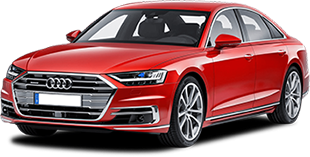Iveco Daily Euro 4 Repair Manual PDF
Get your hands on the complete Iveco factory workshop software
Download nowGet your hands on the Complete Iveco Factory Workshop Software
Download nowGet notified when we add a new IvecoDaily Manual
We cover 10 Iveco vehicles, were you looking for one of these?

Iveco Engine Technical and Repair Manual PDF

IVECO EuroCargo TECTOR WORKSHOP SERVICE MANUAL PDF

Iveco Iveco Massif Iveco Massif 2008 Workshop Manual

Iveco Iveco Stralis Iveco Stralis 2009 2016 Service Repair Manual

Iveco - Euro 6 - Parts Catalogue - 2014 - 2014

Iveco - Stralis - Sales Brochure - 2017 - 2017

Iveco - Hella - Sales Brochure - 2011 - 2011

Iveco - Eurocargo - Sales Brochure - 2016 - 2016

Iveco - Hobi - Parts Catalogue - 2014 - 2014

Iveco - Stralis 8x4 - Sales Brochure - 2017 - 2017

Iveco Engine Technical and Repair Manual PDF

IVECO EuroCargo TECTOR WORKSHOP SERVICE MANUAL PDF

Iveco Iveco Massif Iveco Massif 2008 Workshop Manual

Iveco Iveco Stralis Iveco Stralis 2009 2016 Service Repair Manual

Iveco - Euro 6 - Parts Catalogue - 2014 - 2014

Iveco - Stralis - Sales Brochure - 2017 - 2017

Iveco - Hella - Sales Brochure - 2011 - 2011

Iveco - Eurocargo - Sales Brochure - 2016 - 2016

Iveco - Hobi - Parts Catalogue - 2014 - 2014







































































































































































































































